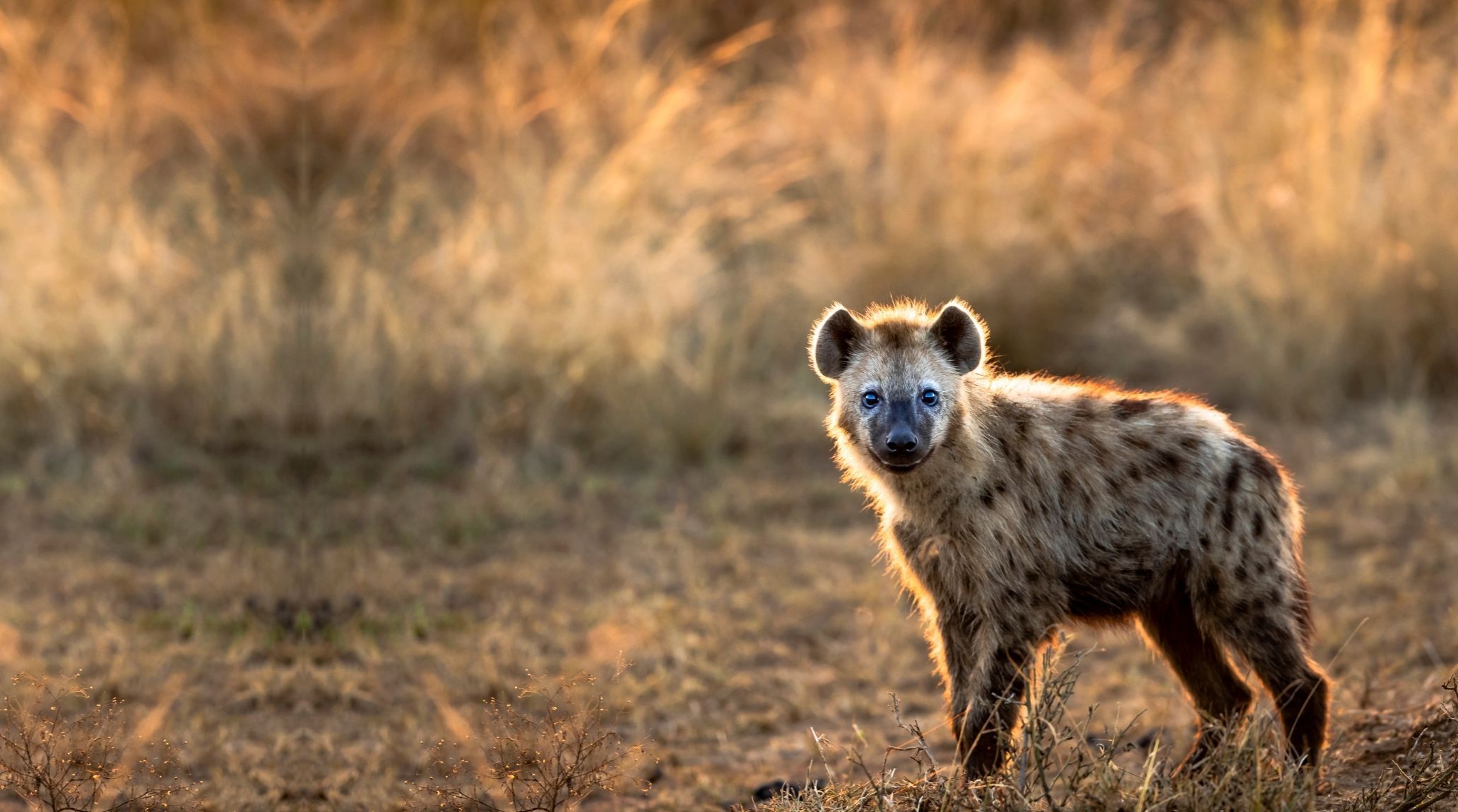
“
Hyenas are among the most fascinating and misunderstood creatures in the animal kingdom. Often depicted as mere scavengers, these animals possess a wealth of intriguing traits and behaviours that challenge common perceptions. In this blog, we explore 20 interesting facts about hyenas that shed light on their complex social structures, impressive hunting skills, and unique adaptations. Join us on a journey to discover the true nature of these remarkable animals and learn why they deserve our respect and fascination.1
1
”
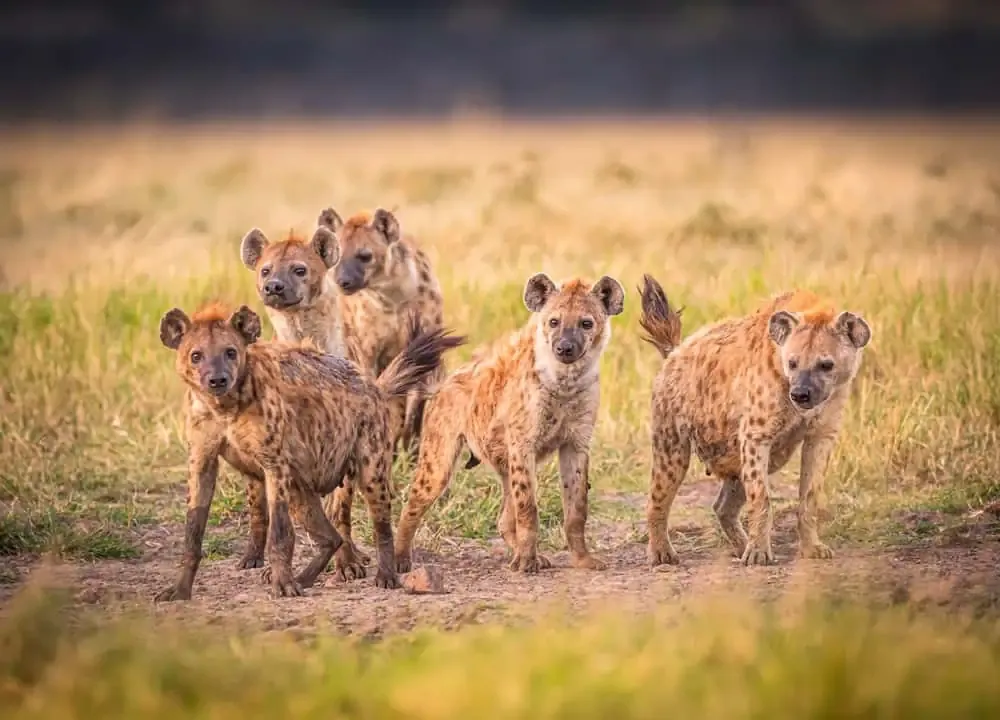
Hyenas live in large, territorial social groups known as clans, which can have up to 70 members. These clans are matriarchal, with females holding dominant roles and leading the group's activities and social interactions.
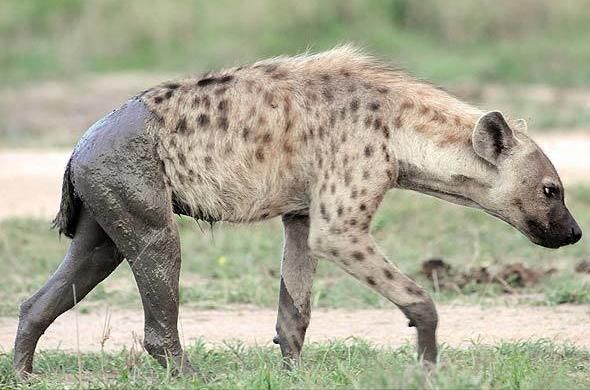
The spotted hyena is the largest of all hyena species. Notable for its distinctive coat pattern and powerful build, it stands out as the most robust and formidable member of the hyena family, playing a key role in its ecosystem.
Female hyenas possess reproductive organs that closely resemble those of males, making it difficult to distinguish between sexes. This unique trait is due to their complex social structure and hormonal influences. 1
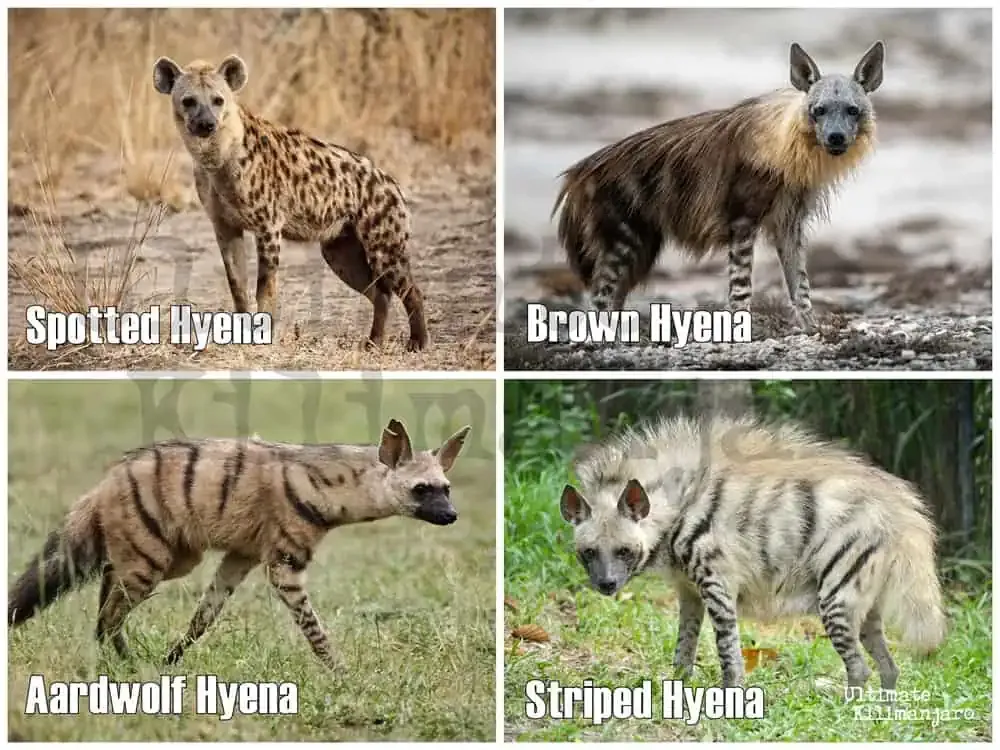
There are four distinct hyena species: the spotted hyena, striped hyena, brown hyena, and aardwolf. Each species has unique characteristics and behaviors, contributing to the diverse ecological roles hyenas play in their habitats.
Hyenas are versatile feeders, hunting large mammals like wildebeests and scavenging carrion. They crack bones for marrow, eat insects, and occasionally consume fruits. 2
Hyenas are primarily nocturnal hunters. They are most active during the night, using their keen senses to hunt and scavenge. This nocturnal lifestyle helps them avoid competition and predators while effectively searching for food.3
The gestation period of hyenas lasts about 90 to 110 days, depending on the species. During this time, the developing cubs grow within the mother’s womb before being born into the clan’s social structure and environment.4
Hyenas typically live between 12 and 20 years in the wild, depending on the species and environmental factors. In captivity, they often have a longer lifespan, reaching up to 25 years due to regular care and reduced threats.5
Hyenas vary in weight depending on the species. Spotted hyenas, the largest, can weigh between 110 and 190 pounds. Striped hyenas weigh about 60 to 90 pounds, while brown and aardwolves are smaller, averaging 40 to 70 pounds.6
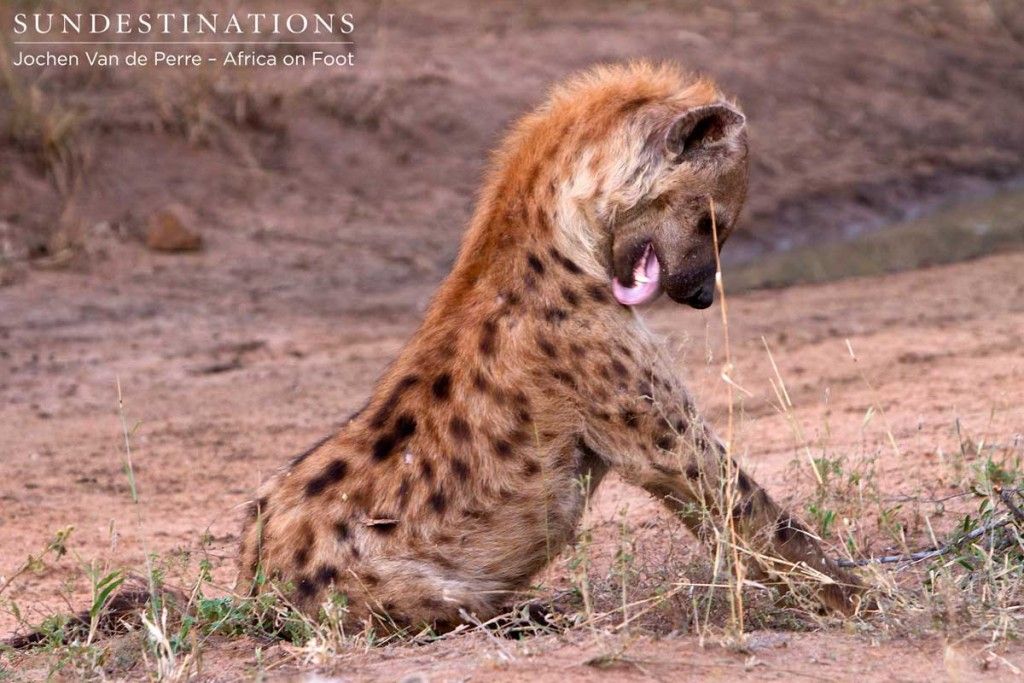
Hyenas are incredibly clean and groom each other. They spend significant time grooming to maintain hygiene and strengthen social bonds. This grooming behaviour is crucial for their social interactions and helps reinforce their clan's cohesion.
Hyenas use a distinctive laughing call not for amusement, but as a form of communication within their clans. This vocalization, often mistaken for laughter, actually signifies agitation or distress.7
Contrary to the myth that spotted hyenas are mere scavengers, studies reveal they hunt 66–90% of their food. Hyenas, capable of running at 37 mph, often take down prey larger than themselves, including cape buffalo and giraffes. 8
Some hyena species are endangered. Habitat loss and human-wildlife conflict have put certain hyena species at risk. Conservation efforts are crucial to protect these species and ensure their survival in the wild.9
The oldest captive hyena, Mars, lived 28 years and 166 days at Honolulu Zoo, achieving this record on February 28, 2017. His brother Whoops lived to 26, while the average lifespan of a spotted hyena in captivity is 12 years.10
Hyenas typically have litters of one to four cubs. The number of cubs can vary based on factors like the female's health and environmental conditions, but most litters fall within this range.11
Hyenas have a long evolutionary history. They have been around for millions of years, evolving unique traits and behaviors. Their evolutionary past has shaped their current adaptations and ecological roles.12
Studies reveal that spotted hyenas can count rivals and assess their best strategy. Males seeking to join a new clan often choose one with fewer males after a quick census. While not complex, hyenas' counting skills are quite effective.13
Hyenas often cooperate in hunting. They work together to chase and capture prey, demonstrating remarkable teamwork. This cooperative hunting strategy increases their chances of success and highlights their social and tactical skills.14
Hyenas are adaptable animals thriving in various habitats. They can live in diverse environments, from savannas to forests, adapting their behaviour to different conditions. 15
Spotted hyenas have powerful jaws with massive muscles, allowing them to exert over 1,100 psi. This force lets them crush bones up to 2½ inches in diameter, accessing nutrient-rich marrow that most animals cannot reach.16


